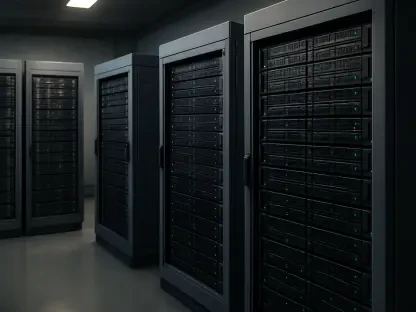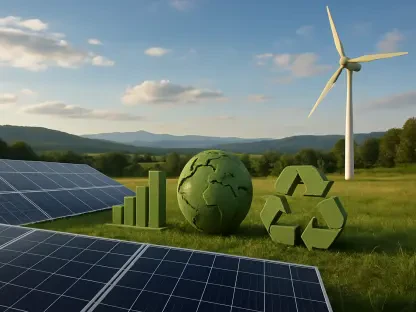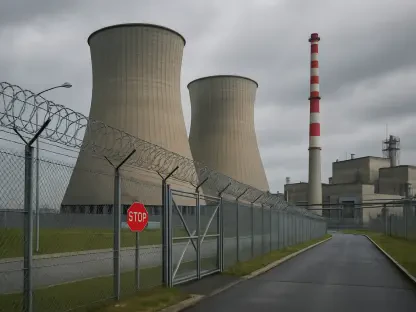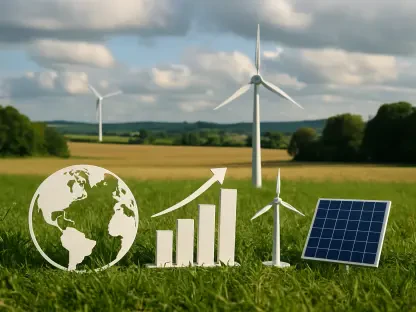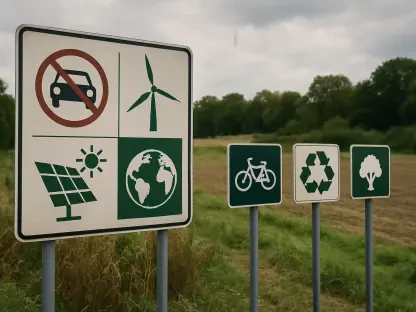New York has taken a decisive step toward promoting economic development in Western New York by leveraging hydropower resources for stimulating job creation and capital investments. The New York Power Authority (NYPA) has allocated low-cost Niagara hydropower to five firms, promising nearly $135 million in capital investment and the creation of 107 jobs. This initiative, backed by Governor Kathy Hochul, showcases the state’s strategy to utilize renewable energy to attract businesses and bolster regional economies. Such allocations underscore the strategic advantage that hydropower offers in enhancing New York’s manufacturing capabilities and supporting sustainable growth.
Hydropower Allocation: A Catalyst for Industrial Expansion
Efficient Resource Utilization
A key aspect of New York’s initiative lies in allocating hydropower to select companies, each contributing to diverse industries ranging from food production to high-performance materials. Food Nerd, a company specializing in plant-based snack foods, received 630 kW of hydropower to facilitate a $5 million expansion within Erie County, resulting in 11 new jobs. On the other hand, Polaris was awarded 1,290 kW to support a $12 million expansion in Niagara County focused on temperature-controlled storage solutions, thus creating 16 jobs. Saint-Gobain is set to capitalize on a 2,060 kW allocation, earmarked for its expansion at the Niagara Falls site through a $40 million project that intends to produce 30 new jobs. These companies highlight hydropower as a pivotal resource enabling significant industrial expansion, enhancing their operational scope, and increasing employment within local communities.
Diverse Industrial Applications
The allocation of hydropower to firms such as Deckorators further demonstrates its versatility across various sectors. Expanding its operations into a new 240,000-square-foot facility in Erie County, Deckorators received 2,080 kW, facilitating the creation of 50 jobs through a $77 million project. This highlights hydropower’s adaptability to fuel the growth of decking products manufacturing, showcasing its role in multiple industries. As these projects proceed, they are anticipated to elevate New York’s industrial capacity, helping these firms enhance their competitive edge and innovate product offerings. The strategic allocation of renewable energy underscores the initiative’s part in ensuring industries can expand sustainably, thus offering a glimpse into hydropower’s transformative influence on manufacturing in diverse fields.
Regional Economic Boost and Sustainable Future
Economic Development and Job Creation
The overarching trend in New York’s hydropower allocations is the impact on regional economic development, enhancing job opportunities and fostering sustainable growth. By strategically channeling these resources, NYPA aims not only to propel the expansion of industries but also to significantly bolster the local economy of Western New York. As these allocations lead to nearly 107 new jobs, they effectively help lower unemployment rates within the region while fortifying the state’s economic foundation. Hydropower, as part of these endeavors, is pivotal in stimulating economic growth, accommodating both immediate job creation and longer-term sustainability, reflecting New York’s commitment to renewable energy as an economic driver.
Renewable Energy Integration
NYPA’s hydropower project reflects a broader consensus that leveraging renewable energy resources is essential for powering regional development and sustainability. By integrating hydropower into industrial expansions, New York aligns itself with the global shift toward renewable energy solutions that promise reduced carbon footprints and enhanced operational efficiencies. Such initiatives underscore hydropower’s critical role in addressing environmental concerns while fostering innovation and competitiveness among industries. The state’s strategy showcases the potential benefits of widespread adoption of hydropower allocations in crafting more sustainable cities and communities, a testament to renewable energy’s contributory role in a futuristic economic paradigm.
The Future of Hydropower in Economic Strategies
Broader Implications
Looking ahead, New York’s pioneering move in harnessing hydropower for economic development serves as a blueprint for other regions grappling with the dual challenge of sustainability and economic growth. The model offers valuable insights into the utility of renewable resources in addressing critical economic concerns while promoting environmental stewardship. As NYPA’s allocations demonstrate the advantages of integrating hydropower into industrial growth strategies, stakeholders can leverage these findings to replicate similar successes across different geographies and sectors. The utility of hydropower presents broader implications, not only for job creation and financial investments but also for energy policies and practices that aim for eco-friendly advancements.
Paving the Way Forward
New York has embarked on a significant initiative to stimulate economic growth in Western New York by harnessing hydropower resources to drive job creation and attract capital investments. The New York Power Authority (NYPA) has strategically designated low-cost Niagara hydropower to five companies, a move set to generate close to $135 million in capital investments and create 107 jobs. This forward-thinking initiative, endorsed by Governor Kathy Hochul, illustrates the state’s commitment to using renewable energy sources to draw businesses and strengthen regional economies. The decision highlights hydropower’s pivotal role in boosting New York’s manufacturing potential and encouraging sustainable development. It demonstrates the strategic value of renewable resources in promoting economic resilience and innovation. By leveraging these assets, New York seeks to position itself as a leader in environmentally friendly industrial growth and regional revitalization, aiming at long-term prosperity and increased economic opportunity across the state.


